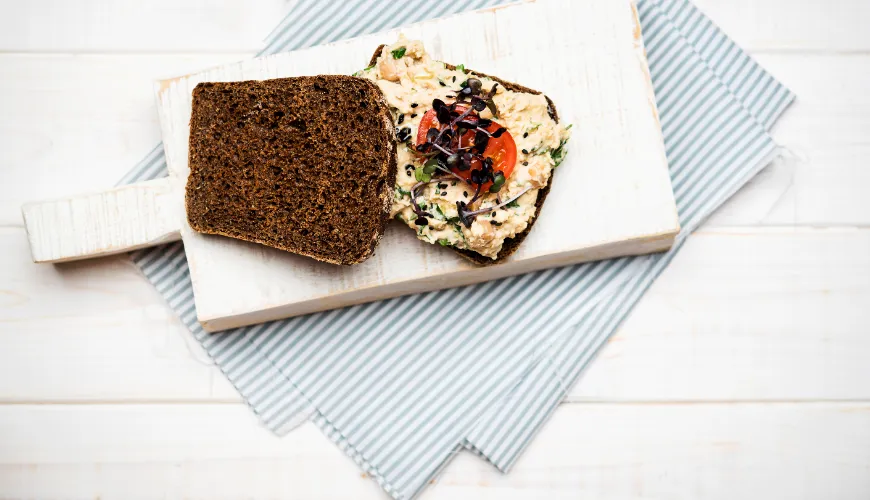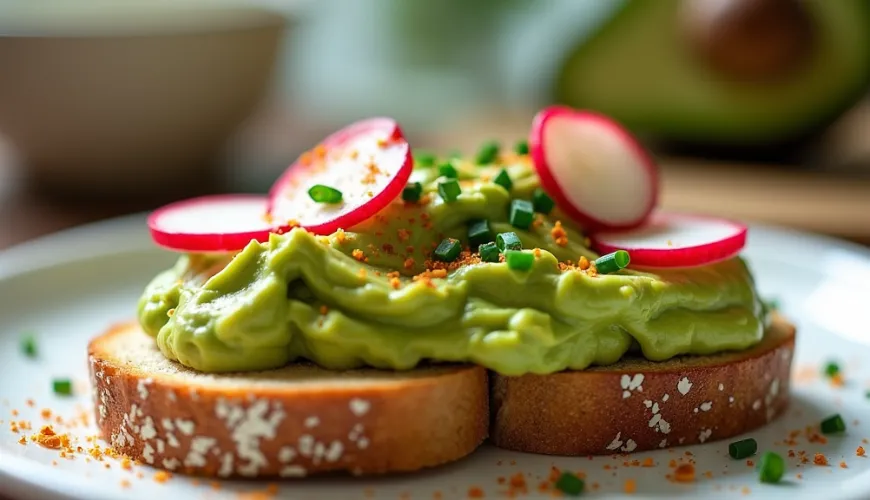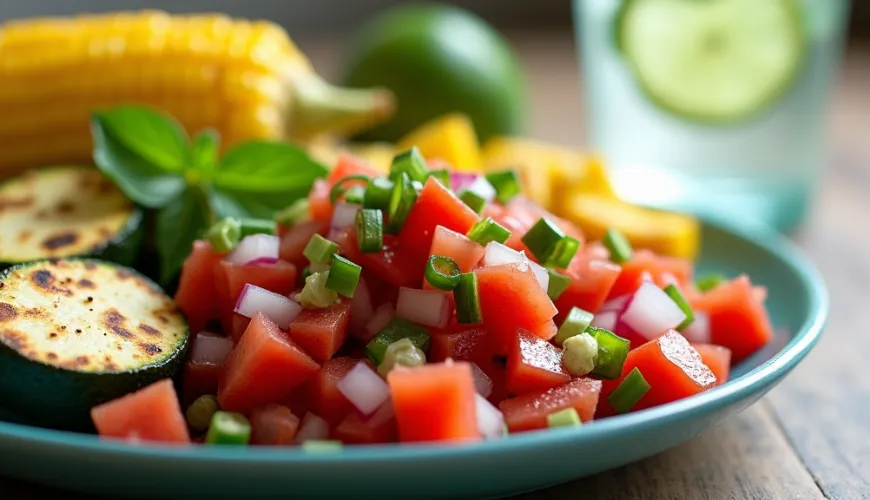
How to Properly Prepare Roux and What Makes It So Unique

What is Roux and Why It’s Essential Not Only in Czech Cuisine
When it comes to Czech sauces, soups, or classic stews, one word keeps appearing: roux. An unassuming but key ingredient that gives dishes not only thickness but often flavor and color. Whether it's a light, golden, or dark roux, its preparation is the foundation of home cooking. Although it may seem like a simple task, a properly prepared roux requires some knowledge, attention, and a feel for good food.
A Traditional Base Proven by Time
Roux is a mixture of fat and flour, which is cooked to serve as a base for thickening dishes. In Czech cuisine, it has deep roots—not just as a technique but as a symbol of traditional cooking. It has been used since the times of our grandmothers and is still indispensable in dishes like svíčková, dill sauce, goulash, or lentil soup.
The base of roux is typically plain flour, which is fried in fat. This can be lard, vegetable oil, or even butter—and a butter roux is often the tastiest variant, giving dishes a gentle nutty aroma. As one experienced cook said: “Butter roux makes the sauce so smooth you could eat it with a spoon."
How to Make Roux? Simply, but Thoughtfully
Preparing roux isn’t complicated, but a few basic rules must be followed. First of all, the flour and fat must be in the right ratio, usually 1:1 by volume or weight. For example, 50 g of butter is used with 50 g of plain flour.
On a low flame, the fat is first melted, then flour is added and browned while stirring constantly. The type of roux needed depends on the desired outcome:
- Light roux (just lightly heated flour, creamy color) – ideal for milk sauces or cauliflower soup
- Golden roux (lightly browned, nutty aroma) – used for sauces with broth, like mushroom or broth-based soups
- Dark roux (brown, strong aroma, caramel color) – typical for goulash or strong meat sauces
Dark roux has not only a more pronounced flavor but also a lower thickening ability, as part of the starch breaks down during longer frying. Thus, more flour is needed if significant thickening is required.
Roux in Practice - Kitchen Alchemy Without Unnecessary Chemistry
Making roux involves simple chemistry—browning flour changes the starch structures (called dextrinization), altering both flavor and liquid-binding ability. The result is a smooth consistency and taste that cannot be substituted.
In modern nutrition, there is often a debate about whether flour should be used in sauces at all. But the truth is, roux is not harmful if used in moderation and with quality ingredients. It also replaces artificial thickeners and starches commonly added to store-bought soups and sauces.
By making a simple butter and flour roux at home, you have control over the ingredients—without palm oil, glucose syrup, or flavor enhancers. Homemade roux from quality butter is pure, natural, and truly delicious.
A Kitchen Story - The Sauce That Saved Sunday Lunch
A housewife from Moravia told how she once ran out of cream while preparing svíčková sauce just before finishing. Not wanting to ruin the dish, she turned to an old recipe from her grandmother—she made a light roux from butter and flour, added vegetable broth, and blended root cabbage. The resulting sauce was so good that no one noticed the cream was missing. On the contrary, they praised its rich flavor and beautiful color. Thanks to the roux.
This example shows how roux can save a dish and kitchen improvisation when ingredients or time are lacking.
Variations and Modern Approaches
Nowadays, many try to transform traditional recipes into healthier versions. Roux can also be made from whole wheat flour, buckwheat, or spelt. Although the result will be somewhat different, it still provides natural thickening without chemicals.
Experimenting with different types of fats is also possible—ghee (clarified butter) gives roux an intense flavor and has a higher smoke point, making it more suitable for darker versions. Coconut oil, though unconventional, works for exotic versions of roux—such as for preparing Indian curry bases.
Whether you go for classic or new, the basic principle remains the same: fat + flour + time and patience.
Common Mistakes When Preparing Roux
Although roux seems simple, there are several pitfalls that can spoil the entire result. Burnt flour is the most common problem—roux needs to be stirred constantly, ideally with a wooden spoon, and kept at a low flame. Even a few seconds of inattention can lead to a bitter taste.
Another issue is uneven consistency—if the flour is added to overly hot fat or rushed, lumps can form. Therefore, it's important to add flour gradually and mix immediately.
Finally, adding liquid to cooled roux is crucial. If cold broth or milk is poured into hot roux, lumps can easily form. Ideally, roux should be slightly cooled first, and the liquid should be warm—or vice versa, dilute hot roux with boiling liquid, but with constant stirring.
Roux as Part of Sustainable Cooking
Today, as more people are concerned about ecology and a healthy lifestyle, home cooking is once again in vogue. Making roux at home is not only cheap but also environmentally friendly—we don't use plastic packaging, instant mixes, or industrially processed ingredients. Moreover, it’s not necessary to use animal fats—plant-based alternatives like sunflower oil or coconut oil work just as well.
This also reduces waste, as instead of using store-bought packet sauces, we cook with fresh ingredients. In the spirit of zero waste, an excellent roux can be made even from fats left over from baking or cooking—such as drippings from roast chicken.
Food with Soul Begins at the Base
Roux may not seem like a culinary miracle, but it's in these simple techniques that the magic of good cooking lies. When we learn to make a proper butter roux, doors open to dozens of traditional and modern recipes.
Whether you're cooking festive svíčková, a quick soup for children, or experimenting with vegetarian cuisine, roux is a reliable ally that adds depth of flavor, texture, and a genuine homemade feel. Cooking is not just about recipes—it's about aroma, touch, and the art of combining simple things into great food. And that's where roux excels.

